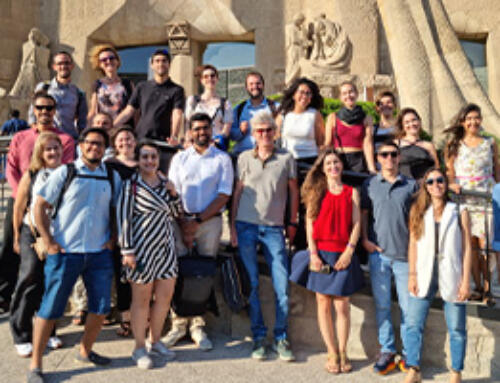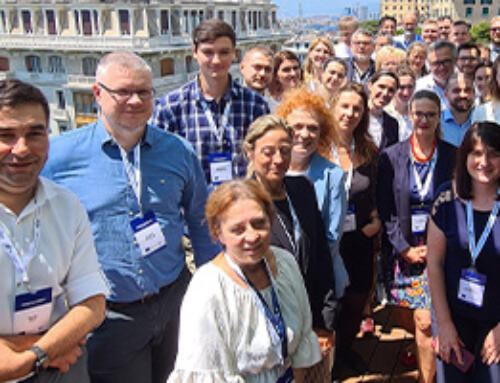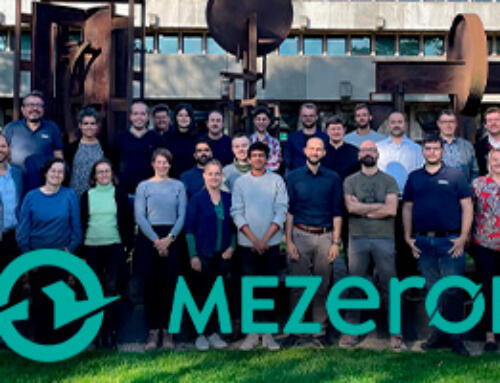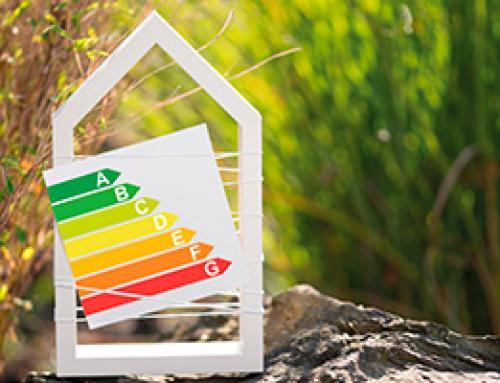Carbon trading, a mechanism to reduce greenhouse gases (GHG)
Reducing the carbon footprint has long been a key issue that we have addressed from different perspectives. This is how energy efficiency practices, an increase in renewable energies or a series of citizens’ movements demanding more institutional involvement have been carried out, among other things. Citizens, companies and organizations have contributed their grain of sand, the reduction of the Co2 that is emitted is a global problem, not local.
The coronavirus pandemic has generated the largest drop in Co2 emissions in history thanks to the general halt in mobility and the decrease in air traffic. The situation, however, is not so encouraging according to experts, as the visible positive impacts are due to Covid-19. Likewise, NASA warns that the decrease in greenhouse gases would need to occur over a long and sustained period of time for it to really have an impact on the climate. “When the economy reopens we are likely to return to the practices we had before,” says NASA researcher Professor Harold Kaufmann.
In contrast, we find positive data in the Sustainable Development Goals report with increased environmental awareness resulting in new National Adaptation Plans of Action (NAPAs) to strengthen resilience and adaptation to climate change.
There are three ways to reverse this situation:
- Excess – regulations that limit the consumption of Co2 to large companies.
- Reduce – changing as a company the production and day-to-day creation systems to give a sustainable response that results in a reduction of carbon emissions. To do this, we must be aware of our Co2 consumption by calculating it.
- Compensate – as a last resort, we find voluntary economic contributions to invest in absorption or reduction projects, i.e. carbon trading.
The generation of works and projects is an unstoppable and necessary process, but it must be done with the maximum possible information and reducing to the maximum the impact that we generate, not only in emissions but also in resources (ITeC is firmly committed to the change of the current economy to a circular economy).
Once you have reduced your carbon footprint to the maximum, you can access the emissions compensation tool offered by TCQi GMA, where you can, in a few simple steps, compensate the rest of the emissions you have not been able to reduce in previous actions.
The alliance between Climatetrade and ITeC has enabled the creation of this tool to offset emissions. This integration will allow you to neutralize the carbon of the different stages of the construction process in all types of works. All this with the guarantee that the offset projects will not be duplicated thanks to the blockchain technology of Climatetrade.
This is an initiative that reinforces the commitment acquired by ITeC with sustainability, offering companies and operators in the sector tools that allow them to prove the alignment of their activities with the United Nations’ Sustainable Development Goals (SDA).
We work for a better future, with you.
Share this information
Are you a player in the construction sector?
- Do you want to keep track of the latest developments in our sector?
- Do you want to attend to webinars, seminars and conferences?
- Do you want to access the most comprehensive construction database in Spain?
- Do you want to learn new technology skills?
- Do you want to benefit from exclusive promotions?
Be part of ITeC
And enjoy the latest developments in the construction sector.
- Sustainability
- Digitization
- Innovation
- Work methodologies














